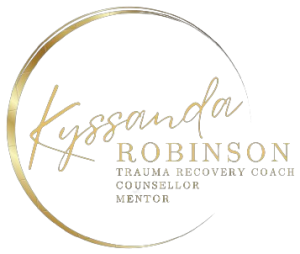One of the most crucial steps in healing from toxic relationships and environments—whether it’s a romantic relationship, family dynamics, or any other toxic space—is navigating the profound sense of grief and loss that accompanies it. This journey involves much more than just physical separation; it requires addressing the deep emotional and psychological wounds left behind.
The Profound Grief of Unfulfilled Promises
When we find ourselves entangled in toxic relationships, we often cling to promises and visions that were never realized. These unfulfilled dreams and societal conditioning about traditional roles—like the nurturing mother or the supportive partner—create an intense sense of loss. Our brains, craving the dopamine hits from those moments of fleeting happiness, make it even harder to let go.
The Chemical Addiction to Toxic Relationships
The science behind this addiction is clear: our bodies become addicted to the chemical highs—dopamine, serotonin—that these relationships provide. Much like a sugar high, these chemicals flood our brains and create a powerful, addictive response. This is why breaking free from a toxic relationship can feel as challenging as overcoming a substance addiction. Our bodies literally crave the person who provides these chemical hits, regardless of the harm they cause.
Understanding the Trauma Bond
A trauma bond forms when the cycle of abuse and reconciliation creates a powerful attachment. This bond is reinforced by our body’s chemical responses and makes us feel like we need the toxic person to function. It’s a dual-compounding effect: we grieve the loss of the person and the loss of the chemical highs they provided. This bond explains why it’s so difficult to leave and why we often find ourselves returning to these harmful relationships.
Navigating the Grief
- Acknowledge the Grief: Recognize that your body and mind are grieving not just the person, but also the chemical highs. This grief is valid and must be honored.
- Be Kind to Yourself: Allow yourself to rest and recharge. Avoid the temptation to fill your time with activities and people as a way to distract from the pain. Instead, take time to hibernate and go within.
- Grieve the Potential: Understand that part of your grief is for the potential you saw in the toxic person. Those fleeting moments of good were not enough for a lifetime. Accept that they can’t fulfill the promises they made.
- Reclaim Your Space: Realize how much of yourself you poured into the relationship, often leaving your own space empty. Now is the time to fill your space back up with your own energy and self-care.
- Slow Down to Speed Up: Sometimes, we need to slow down and truly feel our emotions to heal properly. This process will allow you to emerge stronger and more resilient.
As you navigate the complex emotions tied to leaving a toxic relationship, remember that the process is layered and multifaceted. It involves grieving not just the person, but also the chemical addiction and the unmet promises. By taking the time to honor your grief, be kind to yourself, and reclaim your space, you can break free from these toxic cycles and begin to heal.
Your journey of healing is unique and deeply personal. Be patient with yourself and know that it’s okay to grieve. With time, self-compassion, and support, you can reclaim your life and move forward with strength and clarity.
I invite you to share this blog with someone else who needs to hear this right now.
Follow me on;
FB: https://www.facebook.com/coachandcounselling
IG: https://instagram.com/trauma_recovery_coach_
Youtube: https://youtube.com/@kyssandarobinson
Website: www.coachandcounselling.com


